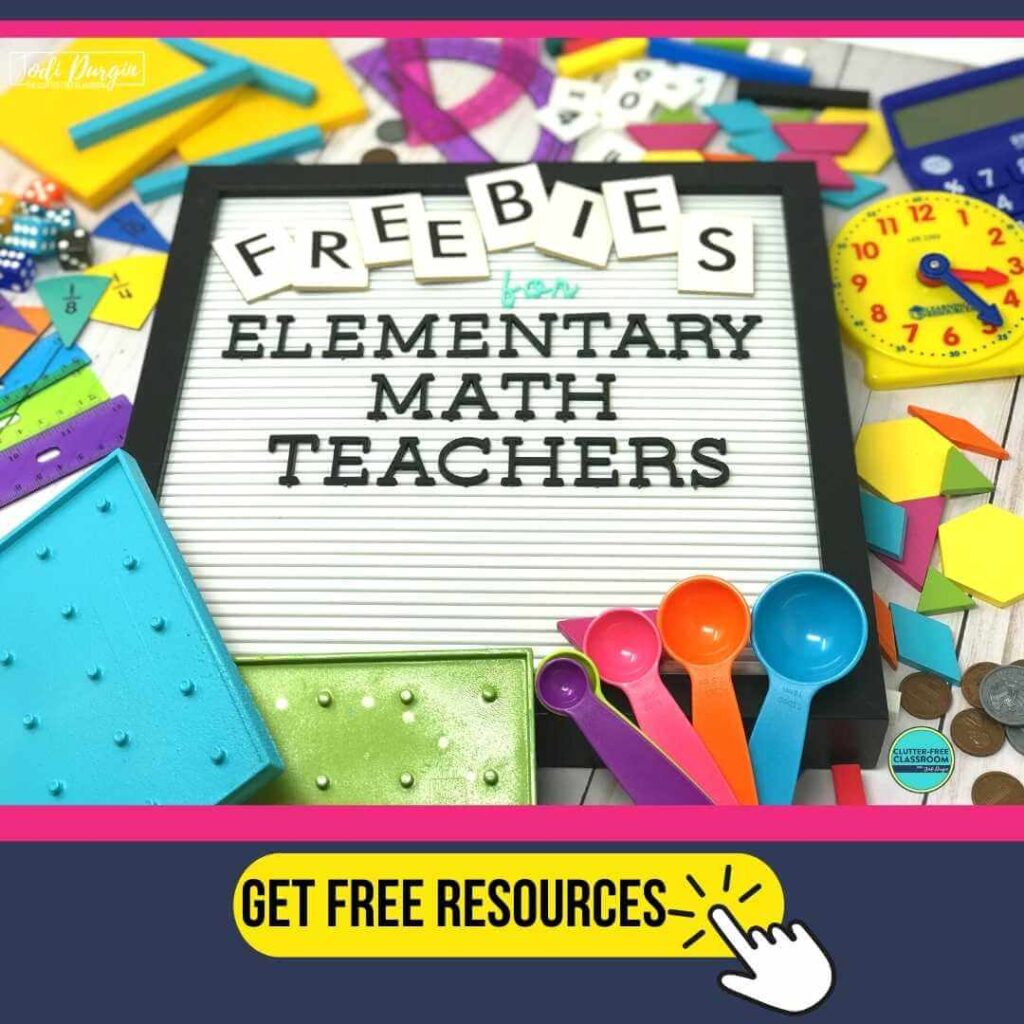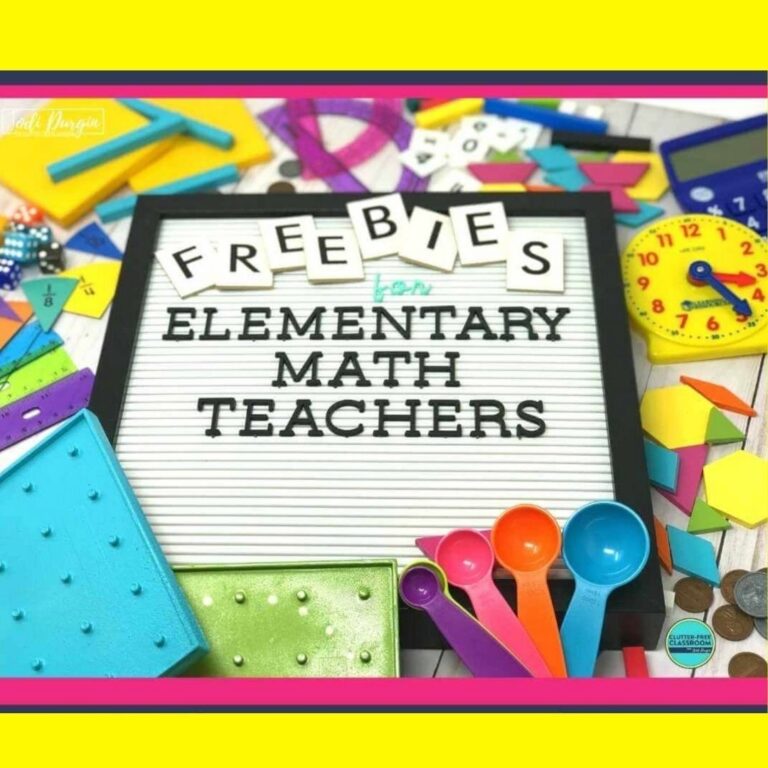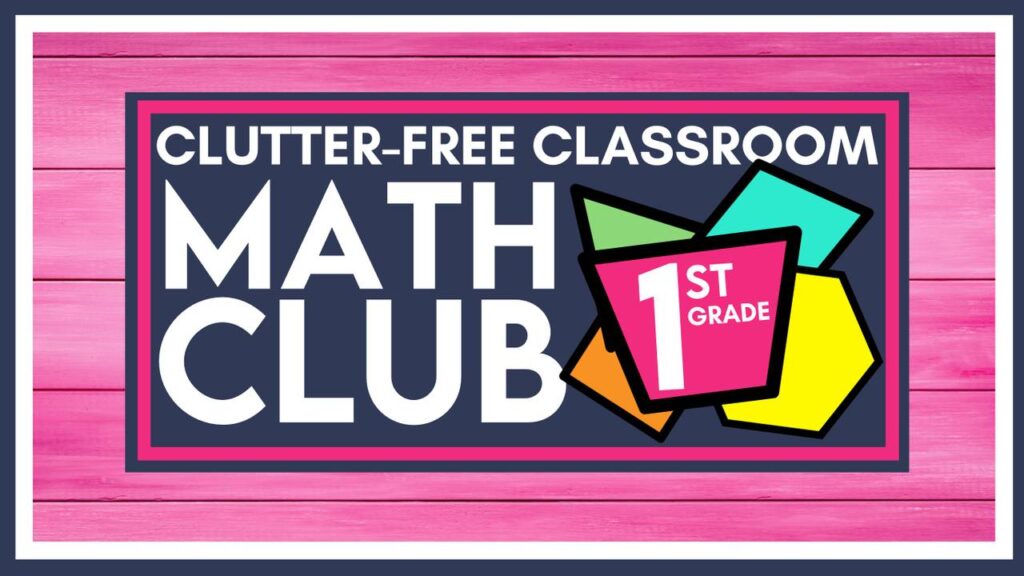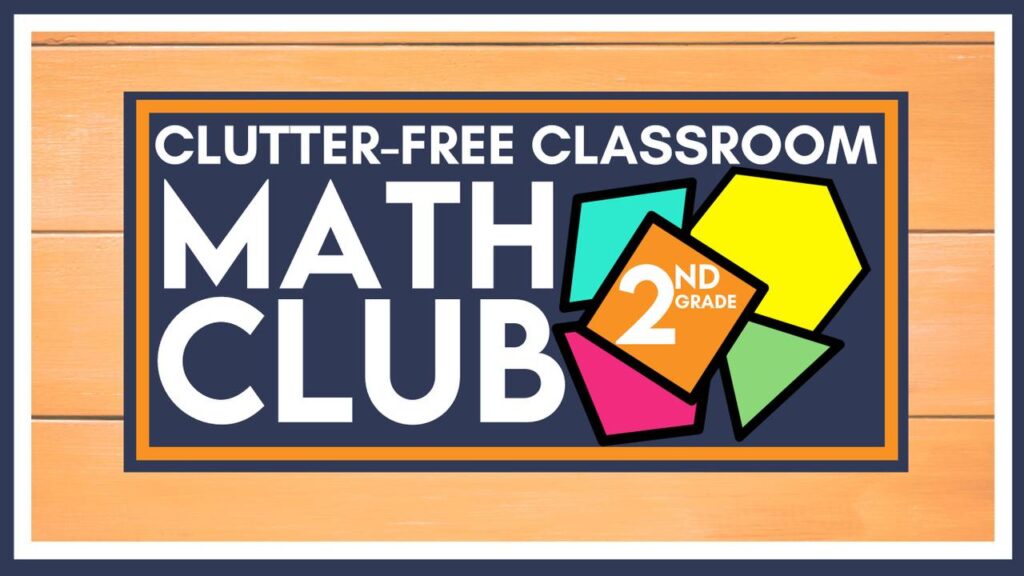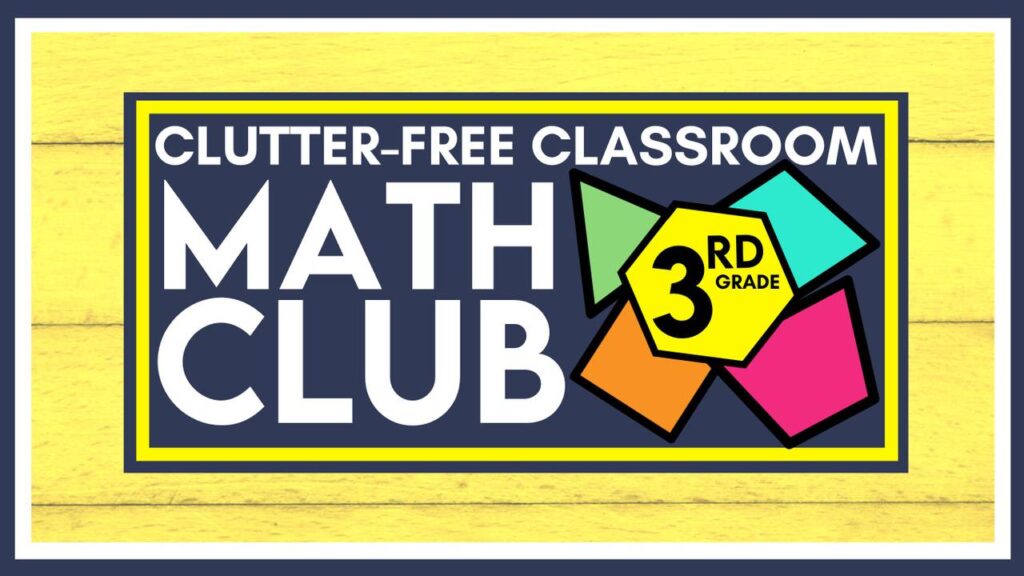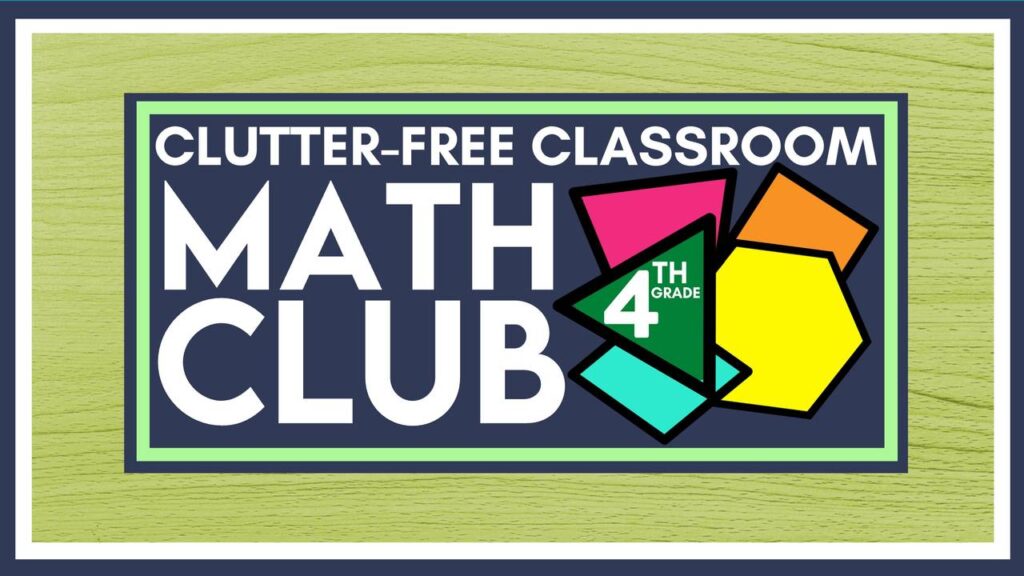Imagine this… As you sit with your guided math group, you quickly scan your Math Workshop rotations to check to see if students are engaged and on-task. At one of the stations, your students are independently working through and solving problems. You see one of your students look stuck, but then begin to think about what strategies she could use (just like you taught her). Next, she checks her math tool kit and pulls out counters and a tens frame and goes on to confidently solve the problem. Is there anything better than that? Equipping students with the tools they need, having them accessible in their math tool kits, and modeling how to use them appropriately can make this dream a reality!
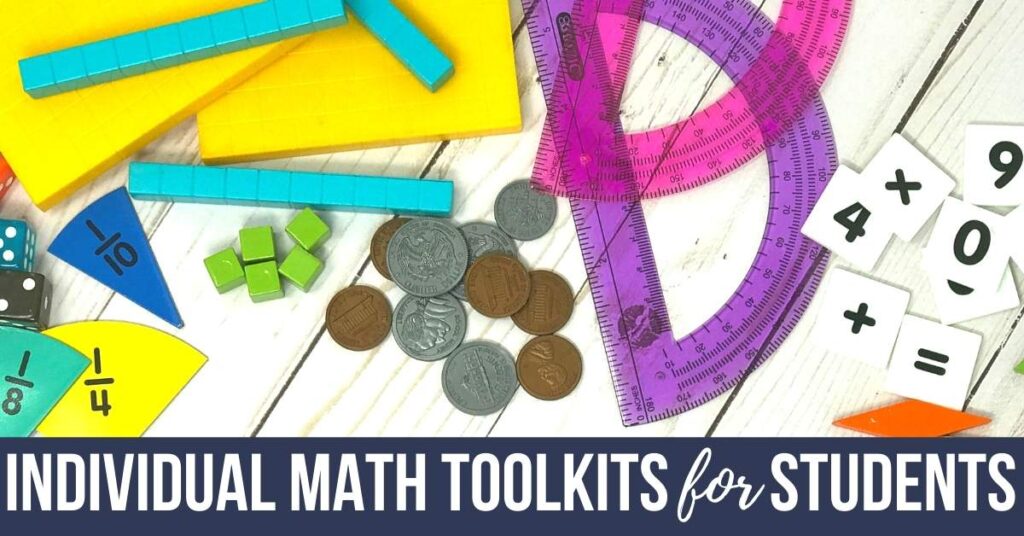
This blog post will answer the following questions:
- What is a math tool kit?
- Why are math tool kits important?
- How should I organize and store my students’ math tool kits?
- What should be in a math tool kit?
What is a Math Tool Kit?
A math tool kit is a collection of helpful printable reference tools and math manipulatives to support students in math. Each student in your classroom should have their own and be able to access it easily. Math tool kits are an important resource to help your students develop into independent learners. Other common names for a math tool kit are math toolbox and numeracy toolkit.
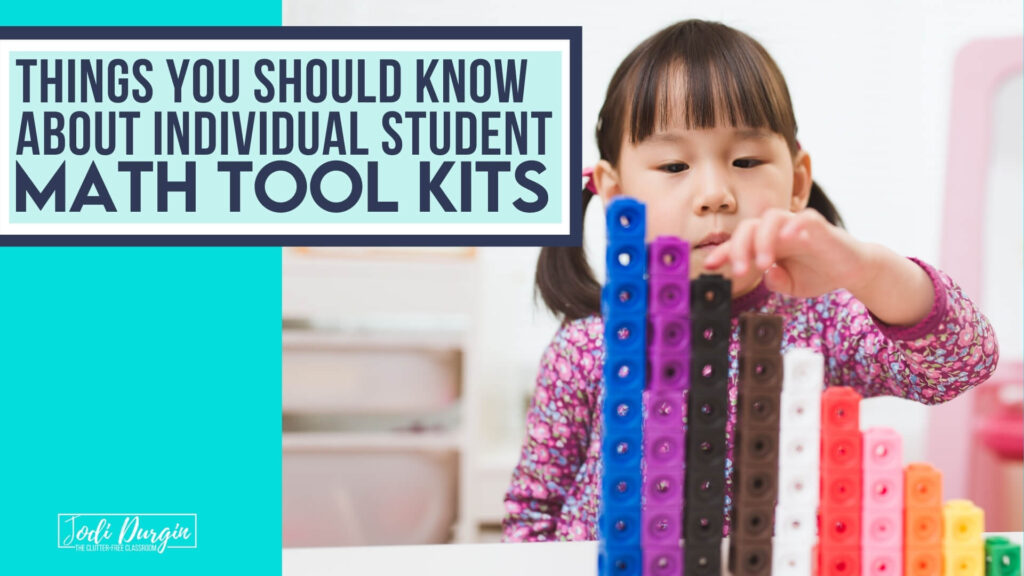
Why are Math Tool Kits Important?
Math tool kits are important because they empower students to select and use appropriate tools to help them solve problems. This skill is part of being a proficient mathematician.
For example, the Common Core’s Standards for Mathematical Practice, also referred to as the math practices, identifies that students need to be able to model with mathematics and use appropriate tools strategically. Modeling with mathematics involves students being able to represent problems using objects, drawings, diagrams, equations, tables, graphs, etc. and use these representations to help them solve problems. Using appropriate tools strategically involves students being able to choose the best tools to help them solve problems. These tools include a pencil and paper, ruler, meter stick, measuring tape, calculator, hundreds chart, coins, base-ten blocks, three-dimensional shapes, tangrams, etc.
Similarly, the TEKS’s Mathematical Process Standards identifies that students must be able to select tools, including real objects, manipulatives, paper and pencil, and technology as appropriate, and techniques, including mental math, estimation, and number sense as appropriate, to solve problems. Because this is such an integral part of being a mathematician, it is incredibly important for elementary students to begin practicing these very important skills through the use of their own mathematics toolkits.
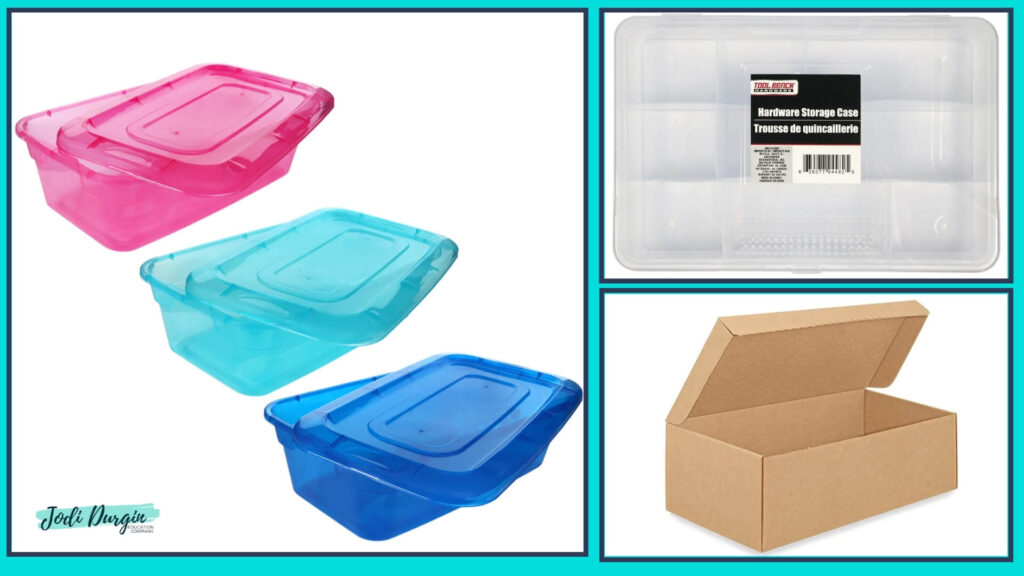
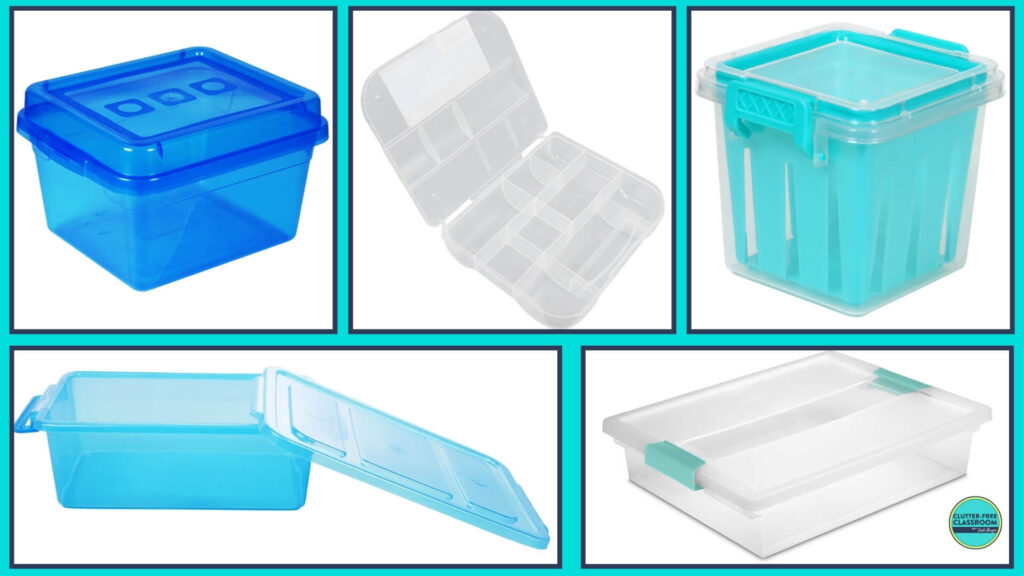
How Should I Organize and Store my Students’ Math Tool Kits?
Here are 3 things to consider when organizing and storing your students’ math toolkits:
- Store them in a place where students can access them independently. For example, you could store them in a crate or on a shelf at a position where students can reach them. Similarly, you could hang them on command hooks on a wall in your classroom. Again, be sure to hang them low enough so students can grab them as they need them. Consider having students store them in their desk if you think that would work for your classroom and group of students.
- Label the container holding the tool kits with student numbers instead of their names. This makes it so that they can be used year after year. You could also consider labeling each of the tools inside of it with student numbers to help you and your students return a missing item to the appropriate container.
- Consider using a pencil box, large ziploc bag, or a clear plastic bag with a hook to hold and organize the contents of the math tool kit. You could also think about using smaller ziploc bags to organize the manipulatives inside of the larger container. Perhaps you might consider asking for donations from students’ families or adding it to your supply list at the beginning of the school year.
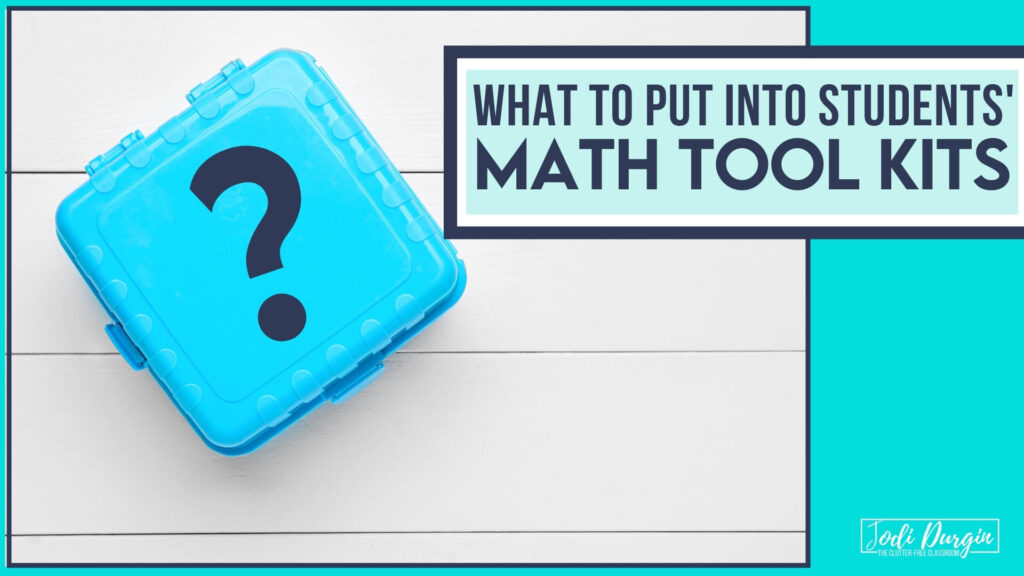
What Should be in a Math Tool Kit?
The contents of a math tool kit depends on what grade level you teach. Check out this blog post all about math manipulatives to get ideas for which ones make sense for your grade level.
In addition to the list of math manipulatives, consider these printable resources:
- 100 chart or 120 chart
- number line
- five frame, ten frame or twenty frame
- addition chart or multiplication chart
- number cards with visual representation and number name
- part part whole mat
- number bond mat
- place value chart with models
- days of the week chart
- days of the month chart
- math vocabulary dictionary
- math fact flash cards
- free printable math manipulatives
- calendar
Math Resources for 1st-5th Grade Teachers
If you need printable and digital math resources for your classroom, then check out my time and money-saving math collections below!
Try a Collection of our Math Resources for Free!
In closing, we hope this information about math tool kits is helpful and would love for you to try these math resources with your students. They offer elementary students opportunities to practice grade level concepts and skills in fun and engaging ways. You can download worksheets specific to your grade level (along with lots of other math freebies) in our free printable math resources bundle using this link: free printable math activities for elementary teachers.
Finally, check out these other math resources!
- 1st Grade Math Resources
- 2nd Grade Math Resources
- 3rd Grade Math Resources
- 4th Grade Math Resources
- 5th Grade Math Resources
